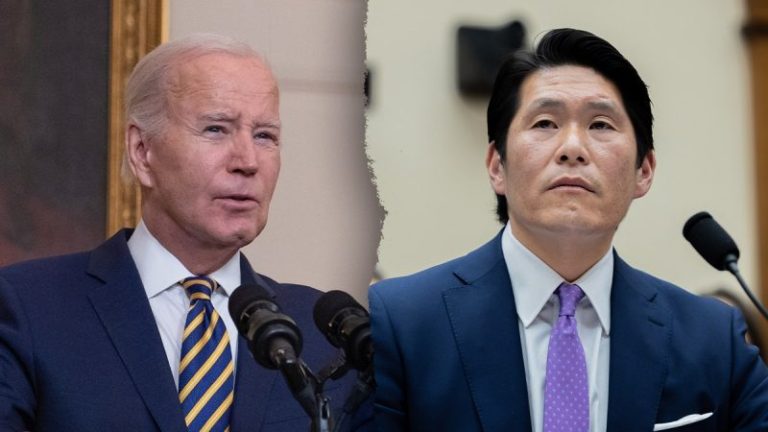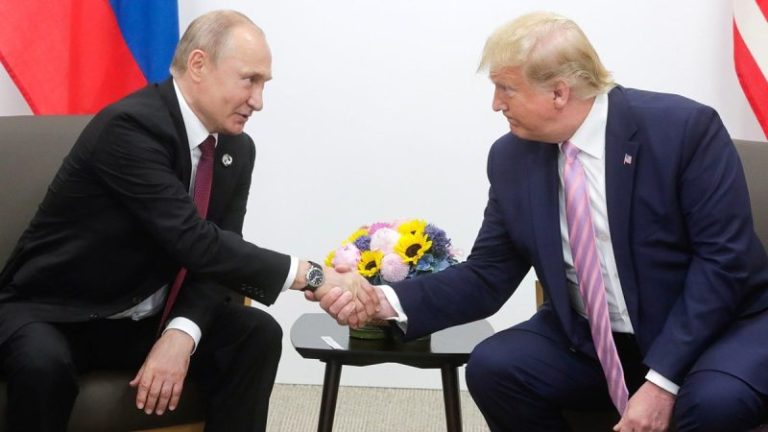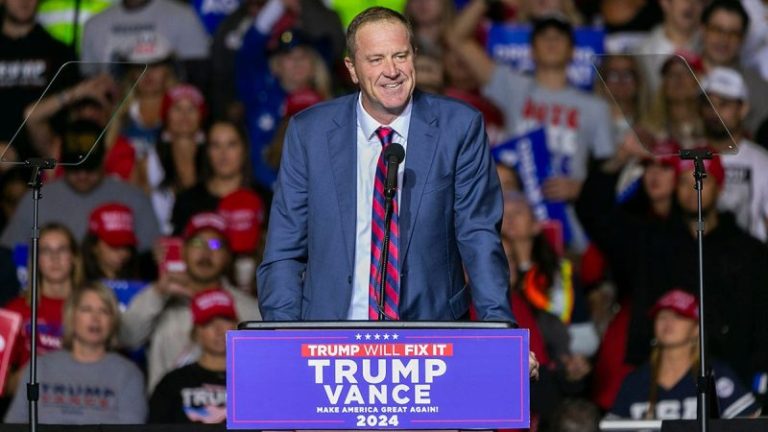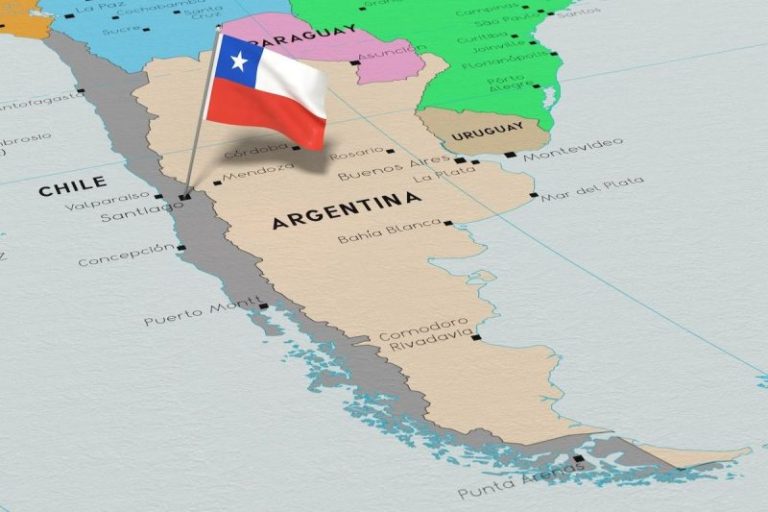Senate Republicans last month were able to advance President Donald Trump’s desire to clawback billions in federal spending, an effort carried to fruition for the first time in nearly three decades by a first-term senator.
While the effort to slash funding to NPR, PBS and foreign aid was born in the White House, it was executed thanks in large part to Sen. Eric Schmitt, R-Mo.
Schmitt, who was first elected to the Senate in 2022, has become an envoy of sorts for Trump’s agenda in the upper chamber. He has a strong relationship with the president that dates back to his first campaign, which has developed into a regular invite to join Trump for rounds of golf.
He’s launched probes against former President Joe Biden’s alleged mental decline, helped smooth over concerns during passage of Trump’s ‘big, beautiful bill’ and contends that ‘intuitively’ he understands the president’s America First message.
And his role in bridging the gap between the White House and the Senate, along with negotiating among his conference to get the $9 billion package across the line, has seen his stock rise immensely within the Senate GOP.
But, in an interview with Fox News Digital, he said his entire goal is to just be helpful.
‘I think I approach it with that kind of humility,’ Schmitt said. ‘But I also, I want to be successful, and I want the agenda to move forward. I think it’s really important. Being on the golf course with President Trump is a great honor, and we have a lot of fun. He’s a very good golfer.’
Schmitt, who previously served as Missouri’s attorney general before launching a bid for the Senate, regularly clashed with the Biden administration and said that his role of rebuking lockdowns, vaccine mandates, censorship and mass migration informed how he currently views legislating.
‘My job was to stand in the gap and fight back, with the hopes that President Trump would return,’ he said.
Trump endorsed Schmitt in 2022, and in return the lawmaker became one of the first senators to back his reelection campaign the following year. That turned into Schmitt becoming a mainstay on the campaign trail, jetting across the country in Trump Force One where ‘Big Macs and double cheeseburgers and quarter pounders with cheese’ flowed.
And when Trump won, Schmitt had the opportunity to leave the Senate and join the administration as attorney general, but he opted to stay in the upper chamber.
Had he jumped ship, Trump’s recissions package may not have been able to pass muster with the Senate GOP, where appropriators raised concerns about the impact that clawing back already agreed-upon spending would have on the government funding process and others raised issues with the funding that was targeted.
‘This wouldn’t have happened without Eric Schmitt,’ Sen. Katie Britt, R-Ala., told Fox News Digital.
Britt was part of the same 2022 class of freshman senators as Schmitt, which included other notable Republicans, like Sen. Markwayne Mullin, R-Okla., and Vice President J.D. Vance.
She said Schmitt’s leadership on the rescissions package, like listening to lawmakers’ concerns and negotiations with Senate Appropriations Committee Chair Susan Collins, R-Maine, to take the lead on the package, led to a final product that could actually pass in the diverse Senate GOP.
Indeed, Schmitt agreed to allow as many amendments to the bill as lawmakers wanted and included his own change to the clawback that would save funding for global AIDS and HIV prevention — a key change that helped bring more Republicans on board.
‘When Eric speaks, people listen,’ Britt said. ‘And he is thoughtful about when he uses his voice, and when he does it most definitely makes an impact.’
Schmitt, however, is more humble in how he views his part in the process.
‘People can label,’ Schmitt said. ‘I don’t get too hung up on any of that. Like for me, honestly, I feel fortunate to be in the position that I’m in. There’s really not a lot of daylight between the President’s agenda and the things that I support.’
Still, he was hopeful that another recissions package would come, describing it as ‘a good exercise for us,’ but noted that the timing for the remaining fiscal year would be tricky given the GOP’s continued push to blast through Democrats’ blockade on nominees and the looming government funding deadline when lawmakers return after Labor Day.
But getting the first one done was key to opening the door for more.
‘I think that was also part of what was on the line,’ he said. ‘When we were, you know, in the middle of the night, trying to make sure we had the votes, was that we have to prove that we have the ability to do it. And once you do it, there’s muscle memory associated with that. There’s a cultural shift in how we view things.’
However, Senate Minority Leader Chuck Schumer, D-N.Y., has demanded that Republicans commit to a bipartisan appropriations process and eschew further rescissions packages.
Should another come from the White House in the waning days of this fiscal year, it could spell trouble in Congress’ bid to avert a partial government shutdown by Sept. 30.
‘I really think it would be a bad idea for Republicans to alter our course of action based on what Democrat threats are,’ Schmitt said. ‘At the end of the day, they’re an obstructionist party without a message, without a messenger.’
This post appeared first on FOX NEWS










